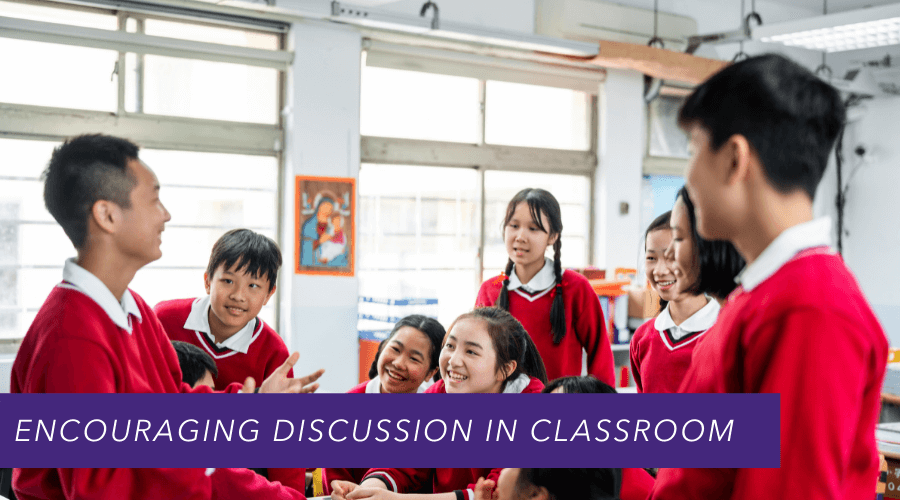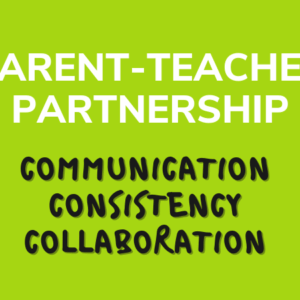During my visit to our partner school Stoke Row C. E. Primary School, Oxfordshire, UK in July 2015, I attended a session on ‘Philosophy of Children for Global Citizenship.’ It was conducted by Liz Allen, an international trainer of the Reading International Solidarity Centre. The session made me realise how easy it is to foster skills such as critical thinking and problem-solving as well as creativity and imagination amongst students.
Encouraging Learning through questioning
Rather than the teachers asking a question, the students are shown a stimulus in the form of an image (which could be a printout of a picture or a picture from a story/picture book). Looking at the image the students create their own questions that involve important ideas about which other students can have different viewpoints. Thereafter they vote for the one question that they think will lead to the most fruitful discussion. The entire process becomes exciting as neither the teacher nor the students can anticipate what they are going to end up discussing.
The idea promotes self-learning and group learning. Honing students’ oratory skills also helps them bring forth viewpoints that are pertinent. The students learn to respect each other’s perspectives while coming up with divergent viewpoints.
The teacher merely acts as a facilitator, keeping the discussion focused so that the students do not deviate from what is being discussed, carrying the discussion in the right direction.
Bringing the experience to Indian Classes
After coming back to India, I tried this idea with my grade 8 students.
Before beginning the English chapter ‘I Have a Dream’, my students were shown a stimulus in the form of an image of a fingerprint. Each student was asked to write a question that would elicit different opinions. Then they had to show that question to their partner and select one of their two questions. The pair of students then showed their question to the pair sitting next to them and chose the question they wanted to discuss. All four students got together and selected one question.
In this way, in my class of 24 students, six questions were selected by the students and read out loud. Thereafter, they voted for the question that they thought would lead to a fruitful discussion. The question decided by the students after observing the image of the fingerprint was: ‘If all our fingerprints look alike, then why to discriminate between whites and blacks?’

Sitting in a circle they passed the opportunity to speak among themselves by raising their hand, with the last student expressing his ideas and calling out the name of the student who would speak next.
The ensuing discussion witnessed students expressing their divergent and pertinent viewpoints. Their ideas exhibited their thinking beyond the four walls of the classroom and opening of the vistas of their mind.
They spoke about giving equal opportunities to everyone irrespective of their colour and judging people by their character and not colour. They also expressed that discriminating against people on the basis of their colour is inhuman as everyone is born equal. Citing the example of all fingers of a hand is not the same yet being together, they expressed that different races need to come together and be a part of the same society. They further reasoned that one person could not bring about a change in the mindset of society; the youth need to come forward and spread awareness amongst the masses against this malice. Before beginning the chapter, the students concluded that racial discrimination is against humanism.
Self-assessment for self-direct learning
I acted as a facilitator, keeping the discussion focused and enabling my students to sharpen their thinking without contradicting the others’ viewpoints. At the end of the discussion, they assessed their learning by completing a ‘self-assessment form’. The self-assessment helped them become an integral part of the assessment process, empowered them to take responsibility for their learning and move towards a path of self-directed learning.
The discussion that ensued after the students observed the stimulus in the form of a fingerprint made them realize that racial discrimination is a threat to society. They discerned that as they are born equal, they need to be treated equally. This opportunity for academic inquiry fostered the skill of critical thinking and problem-solving among the students as they built their arguments with logical reasoning and deepened their learning. The basic aim of education of learning how to take value-based decisions was fulfilled.
Did you like this article? Let us know in the comments section.





Beautiful article, questioning and discussions develops curiosity and intrinsic motivation,
problem solving skills, and divergent thinking gets developed.
individuals gets acquainted with variety of opinions which develops experiential learning.